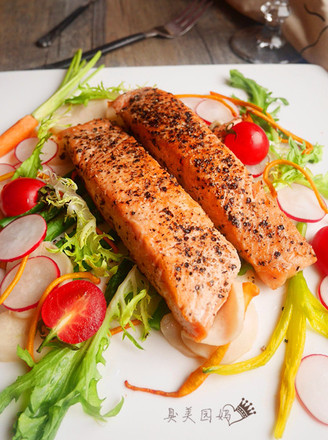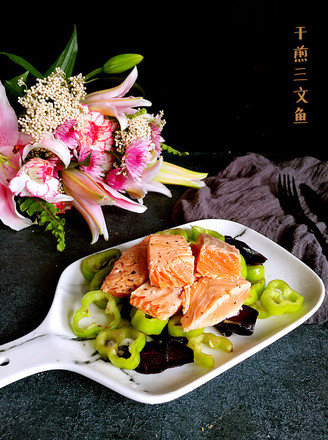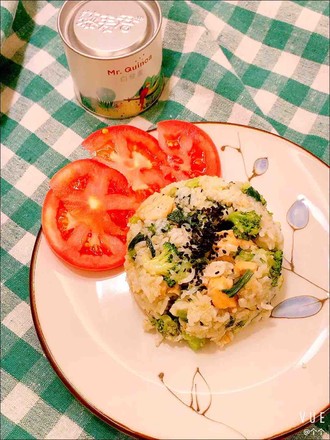Salmon in Japanese Fresh Soup
by Nancy__Th86
Favorite
Difficulty
Easy
Time
30m
Serving
2
The first time I ate salmon in soup was at the company lunch. A Japanese caterer in charge of catering that day did not have a physical restaurant. But every dish of that day was full of praise, and the thing that surprised me most was a soup of salmon. Almost every day there will be some leftovers in every dish, but after the meal I was disappointed to find that this salmon was robbed long ago. I wanted to have a good aftertaste. When I went home to study and copy the recipes, I could only learn from a few Japanese and Western recipes, and adjust and restore the taste that I tasted again and again according to the taste of memory.
Nen is the first sigh of my entrance. It melts in the mouth, but is mixed with fresh, sweet, salty and spicy fish fragrance. Taste and taste are the biggest difficulties in cooking salmon. Because of the high protein and dense meatiness of salmon, it is easy to be hard and tasteless. The most common frying and roasting are very test the control of the heat and the seasoning of the sauce. The soup soaking method is healthy and convenient, and the taste and taste are first-class. "
Nen is the first sigh of my entrance. It melts in the mouth, but is mixed with fresh, sweet, salty and spicy fish fragrance. Taste and taste are the biggest difficulties in cooking salmon. Because of the high protein and dense meatiness of salmon, it is easy to be hard and tasteless. The most common frying and roasting are very test the control of the heat and the seasoning of the sauce. The soup soaking method is healthy and convenient, and the taste and taste are first-class. "









